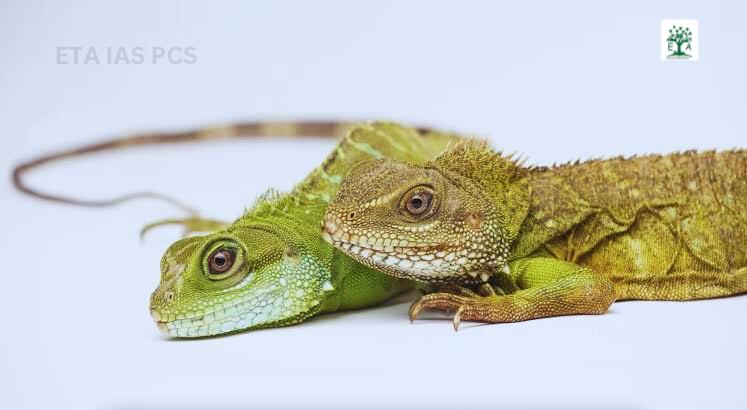WHY PARTHENOGENESIS IS IN NEWS ?
Research Institutions: Scientists from Cambridge University and the California Institute of Technology were involved in the study.
Species Studied: The research focused on the sexually reproducing species of fruit fly, Drosophila melanogaster.
Objective of the Study: The goal was to enable asexual reproduction in this species.
Method of Modification: The scientists achieved this through slight genetic alterations to the fruit fly
.

ABOUT PARTHENOGENESIS
Definition of Parthenogenesis: Parthenogenesis is a type of asexual reproduction where an organism can generate offspring without the need for fertilization by a male.
Process of Parthenogenesis: In this process, the female’s reproductive cells (such as eggs or ovules) develop into embryos independently of sperm, resulting in offspring that may exhibit genetic similarities to the parent, though they may not be genetically identical.
Mechanisms of Parthenogenesis: Various mechanisms facilitate parthenogenesis, including:
- Duplication of Female’s Genetic Material: This results in clones of the female.
- Activation Without Male Genetic Contribution: The egg develops without genetic input from a male, potentially leading to offspring that are not genetically identical to the parent.
Occurrence in Nature: Parthenogenesis naturally occurs in numerous species, such as certain insects (bees and wasps), reptiles, fish, and amphibians. An example is whiptail lizards, which are entirely female and reproduce through parthenogenesis.
Artificial Induction of Parthenogenesis: Parthenogenesis can also be artificially induced in specific organisms, including mammals. Methods include:
- Chemical activation of eggs.
- Electric stimulation.
- Selective gene expression to encourage parthenogenetic development.
Advantages of Parthenogenesis:
- It allows a species to persist during times when mates are unavailable. For example, in 2023, a female crocodile in a Costa Rica zoo laid eggs after living in isolation for 16 years.
Disadvantages of Parthenogenesis:
- It can lead to a reduction in genetic diversity, making populations more vulnerable to environmental changes.
PRELIMS PRACTISE PYQ
Q.Which of the following statements about parthenogenesis is true?
A) Parthenogenesis requires fertilization by a male.
B) Parthenogenesis results in offspring that are genetically identical to the parent.
C) Parthenogenesis is a type of asexual reproduction where offspring are produced without male fertilization.
D) Parthenogenesis occurs only in mammals.
EXPLANATION OF THE ANSWER
A) Parthenogenesis requires fertilization by a male.
- This statement is false. Parthenogenesis is an asexual reproduction process, meaning that offspring are produced without any male fertilization. The female’s reproductive cells, such as eggs, develop into embryos on their own.
B) Parthenogenesis results in offspring that are genetically identical to the parent.
- This statement is partially true, but not entirely accurate. While parthenogenesis can lead to offspring that are genetically similar or even identical to the parent (such as in cases of cloning), it is not guaranteed. In some forms of parthenogenesis, such as when eggs develop without genetic contribution from a male, the offspring may not be genetically identical to the parent.
C) Parthenogenesis is a type of asexual reproduction where offspring are produced without male fertilization.
- This statement is true. Parthenogenesis is indeed a type of asexual reproduction, where offspring are generated by the female without the involvement of male fertilization. This process occurs in many species, including some insects, reptiles, and amphibians.
D) Parthenogenesis occurs only in mammals.
- This statement is false. Parthenogenesis does not occur naturally in mammals. It is found in various species such as insects (bees, wasps), reptiles, fish, and amphibians. Some attempts have been made to induce parthenogenesis artificially in mammals, but it does not occur naturally in them.

THANKU MAM